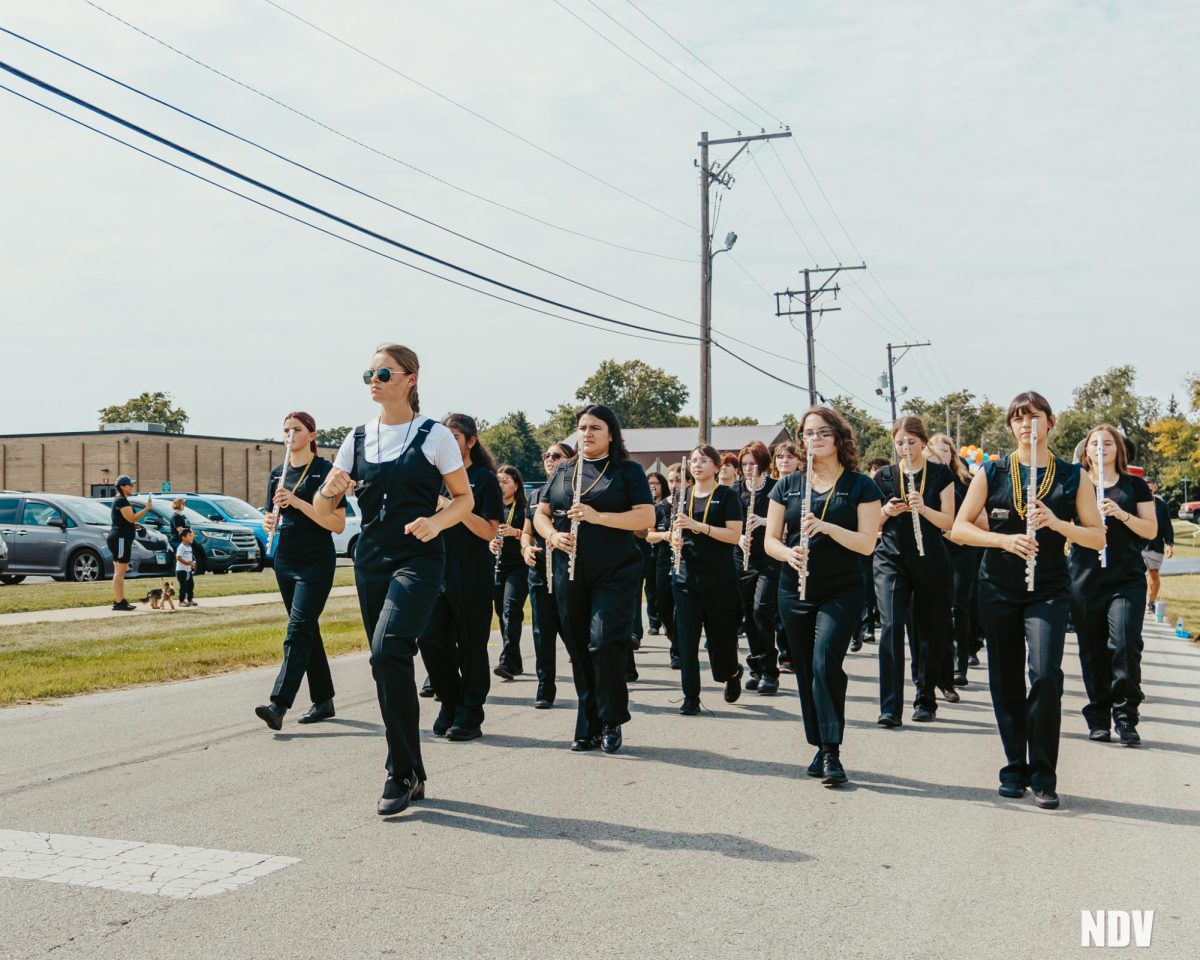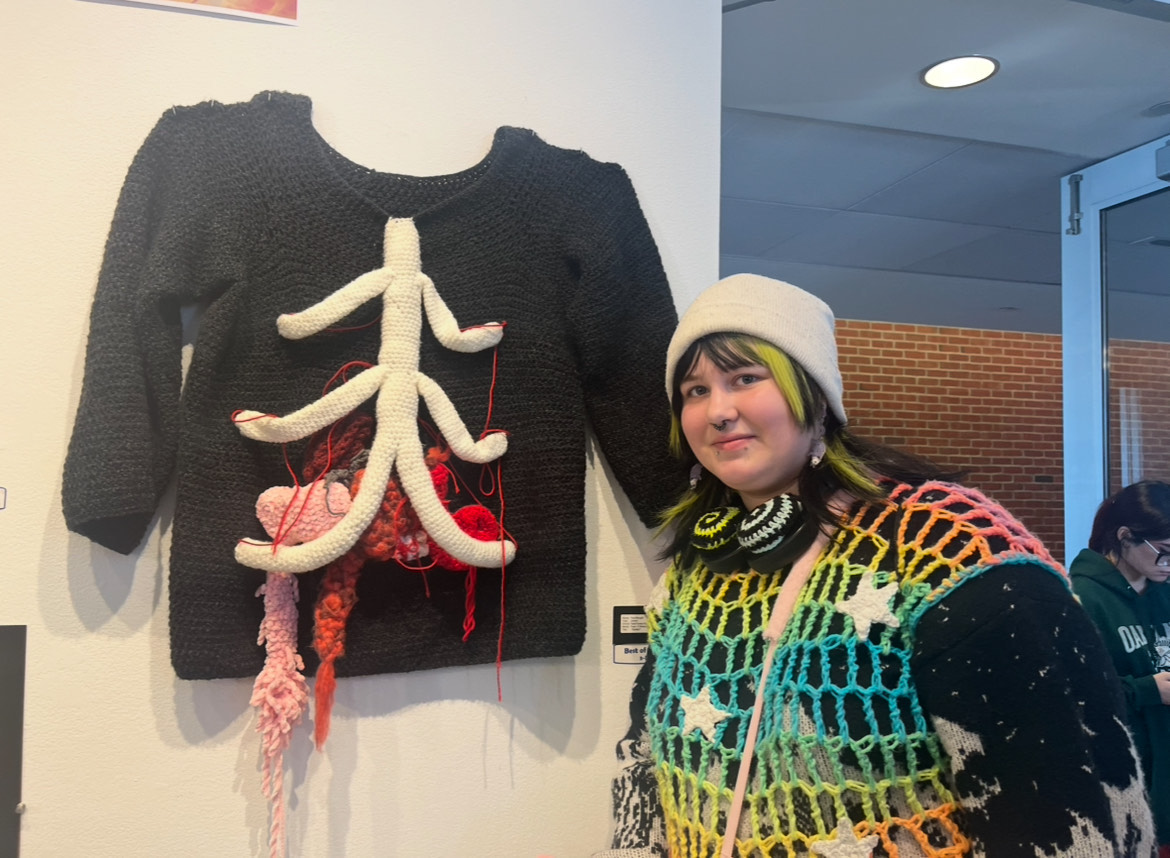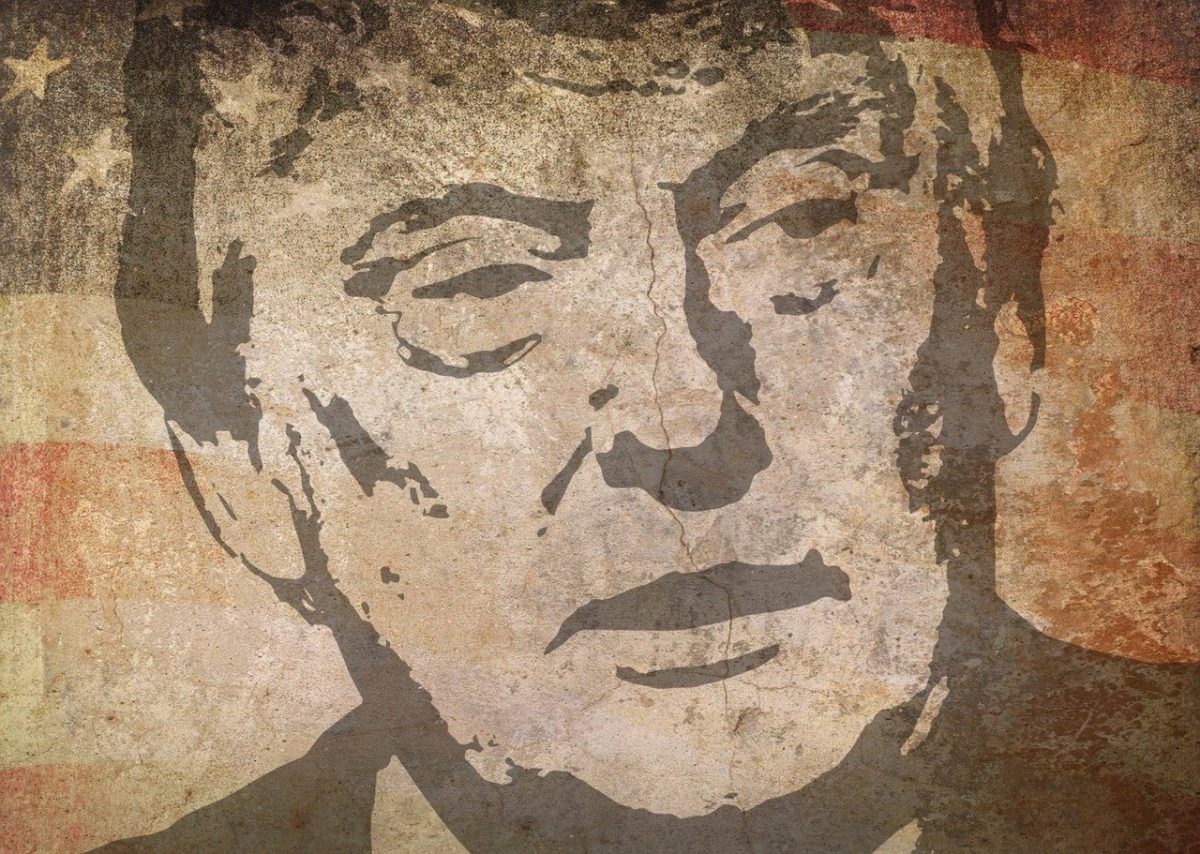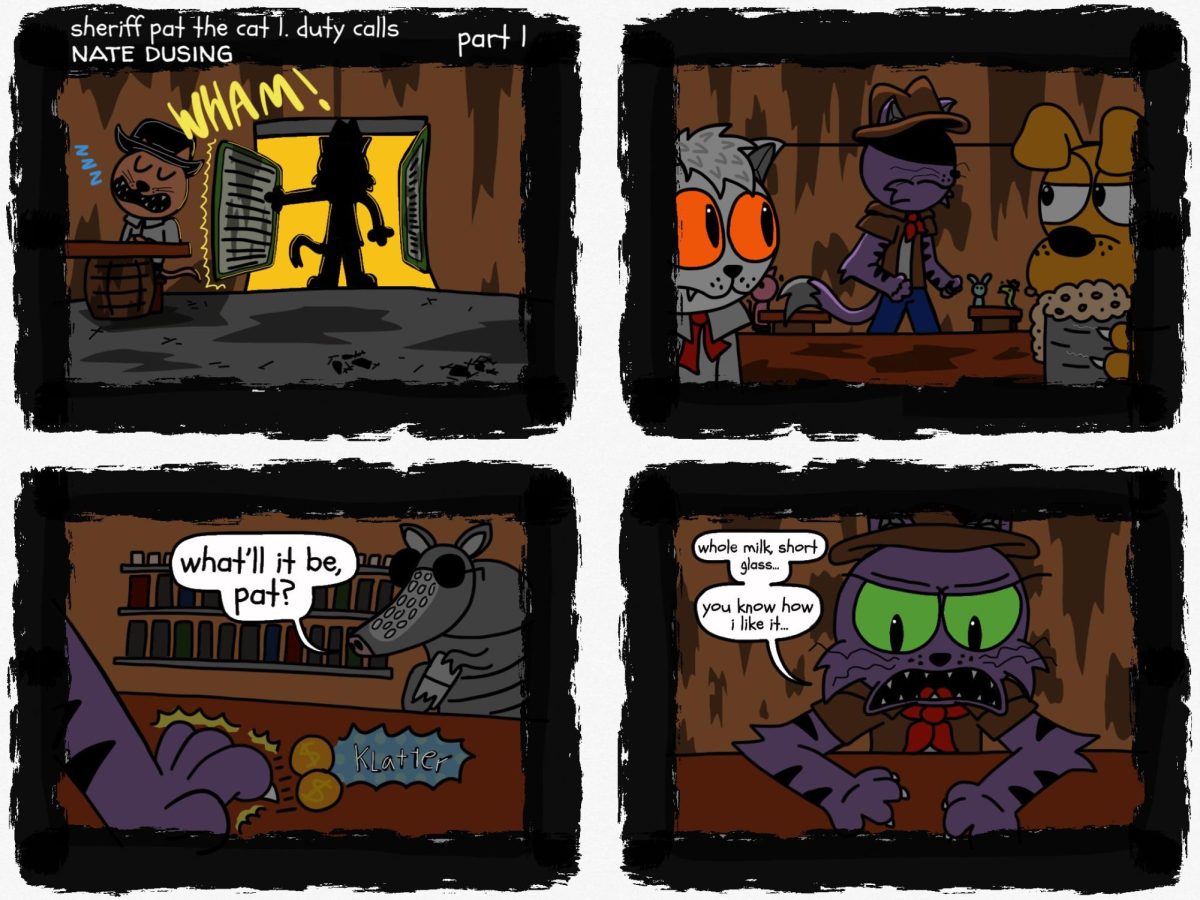The Vikings, the seafaring people of ancient Scandinavia, have long intrigued people with their history, warlike culture, and mythical gods. From their noble ambitions to their fearsome reputation for war, the legacy of the Vikings lives on in popular culture. Yet of this traditional understanding of Vikings, what aspects are true? What is relevant in the beauty of the times?
Details abound in the Viking saga, demonstrating the undeniable power and accomplishment of their culture. First, their unprecedented exploration and expansion is indicative of their adventurous spirit. The Vikings raced beyond their homelands, sailing across treacherous waters to reach lands as far away as North America, the Mediterranean, and the Middle East. Viking expertise in navigation and their trading power formed a vast network that shaped their region and the world around them.
Viking military prowess remains an indelible part of their history. They were skilled craftsmen, and their tactics in warfare terrified their enemies. This reputation is not incorrect, but it does not sum up the extent of their entire civilization. Norse mythology and religion were an important part of Viking society. Their belief in many gods such as Odin, Thor, and Freyja influenced their daily lives and rituals as well as sagas passed down from generation to generation. This rich mythology depicts a living cultural fabric that continues to fascinate and inspire.
In addition, their innovative shipbuilding process, especially their long-term design, demonstrated Viking engineering skills. These ships were a marvel of their time: strong, sturdy, and essential for long voyages.
The social structure and gender roles of the Vikings were more serious than usual. Women in Viking society had more power than in most modern cultures. They could inherit resources and had great influence, challenging the traditional creative values of the time. However, between these explanations, misconceptions have crept into the Viking mysteries. The portrayal of Viking women as fully liberated is an overstatement. Although they had more rights than some modern societies, they were still subject to social norms and restrictions.
A persistent inaccuracy exists in the depiction of Vikings wearing horned helmets. Contrary to popular belief, archeological research shows that their helmets were usually conical or doed, without protruding horns. Another myth is the simple description of the Vikings as ordinary people. While their fighting prowess cannot be denied, they were also traders, sailors, and artisans with a diverse cultural heritage that spanned warfare.
The image of Vikings drinking horns also continues to prove inaccurate. Historical evidence suggests that they may have used different drinking vessels, with no real evidence of drinking from horns. Additionally, the idea of a monolithic Viking culture is a misconception. The Viking society was diverse, including different tribes and cities with different customs and practices.
As the story unfolds, scientific discoveries and research continue to reveal the intricacies of the Viking civilization. The stories of explorers and feared heroes are a tapestry of both truth and embellishment. Separating fact from myth about the Vikings is still a fascinating pursuit, shedding light on a civilization that is more diverse and complex than myth and legend.












